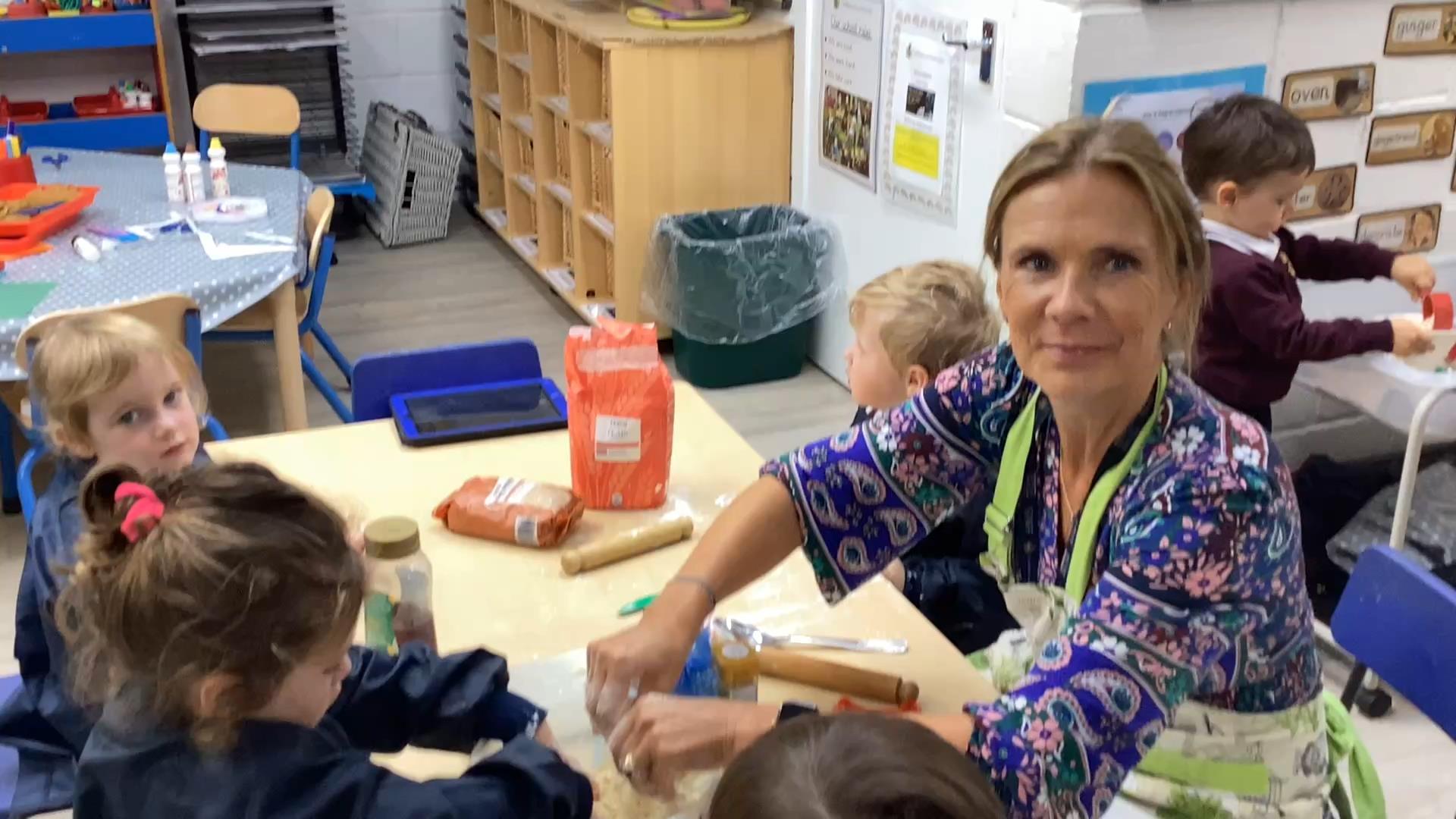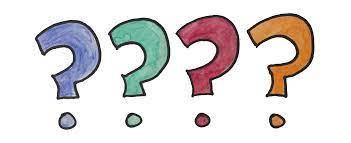PARENT WORKSHOP
TUESDAY 7 OCTOBER 2025
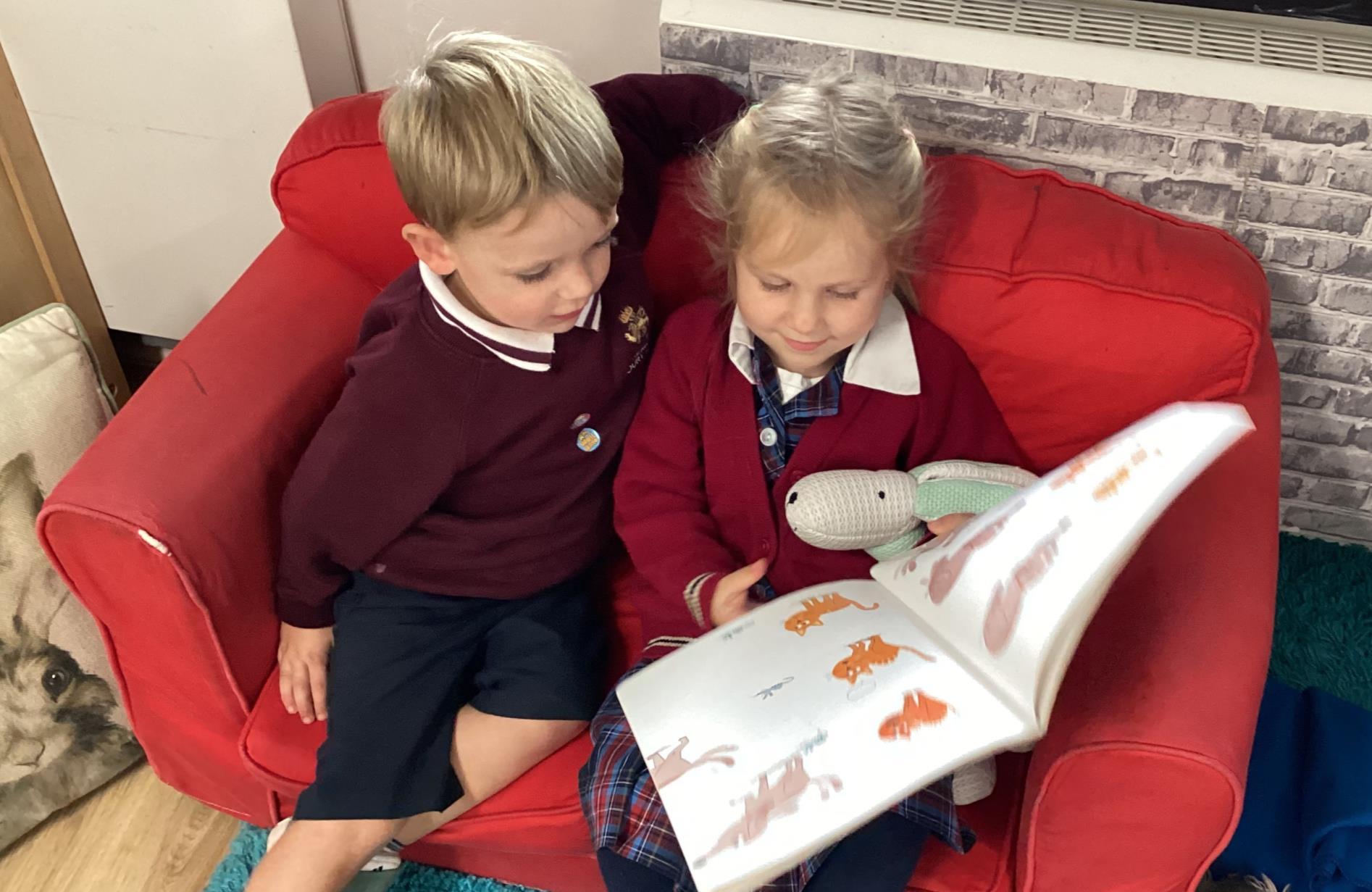
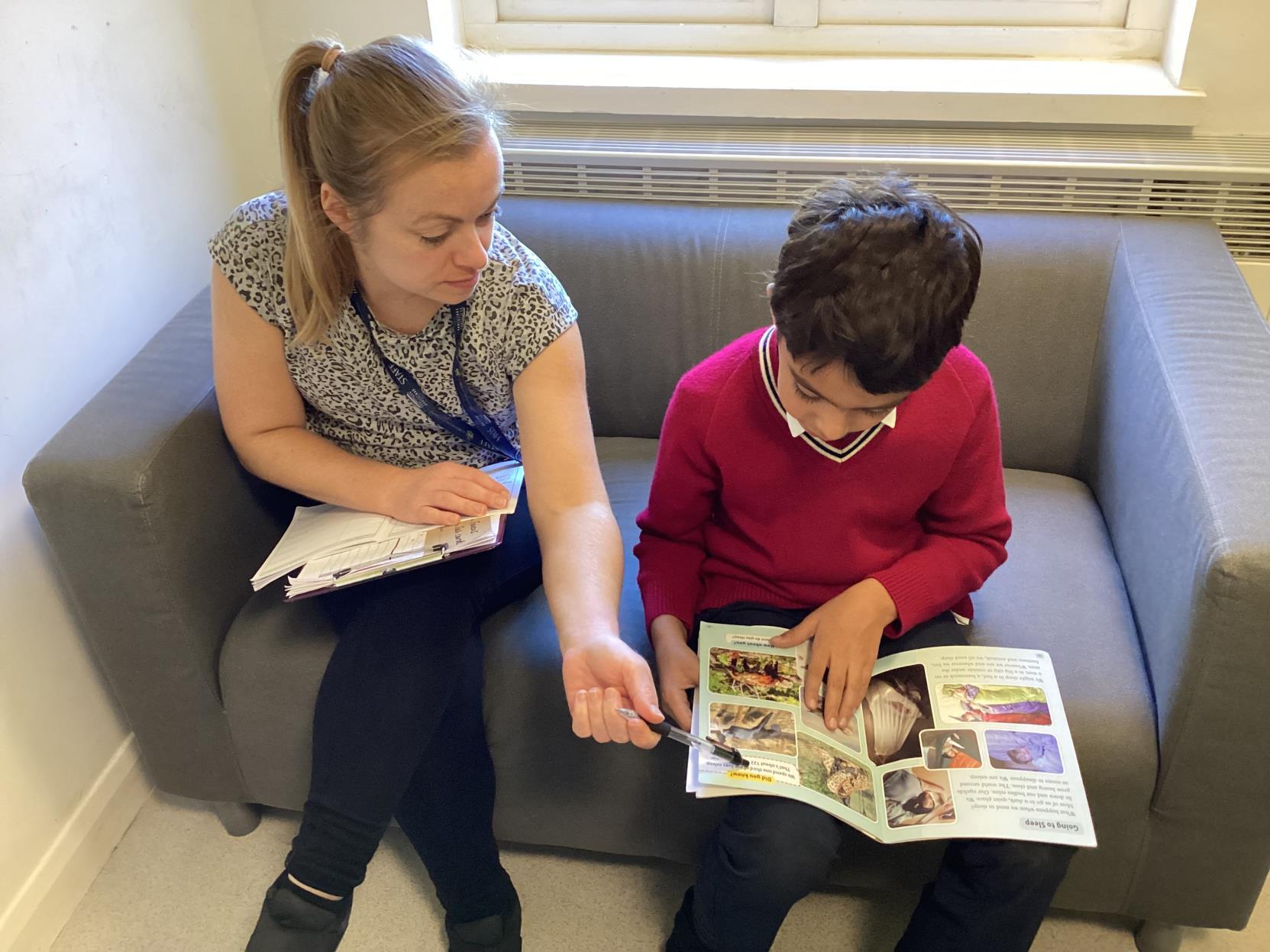
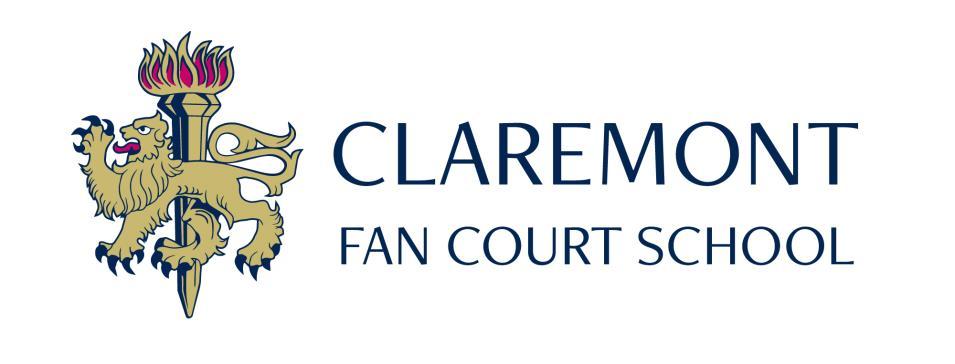

TUESDAY 7 OCTOBER 2025



Put simply, by the end of reception, the ability to read, write and use numbers is fundamental. They are the building blocks for all other learning. Without firm foundations in these areas, a child’s life chances can be severely restricted.” – Ofsted
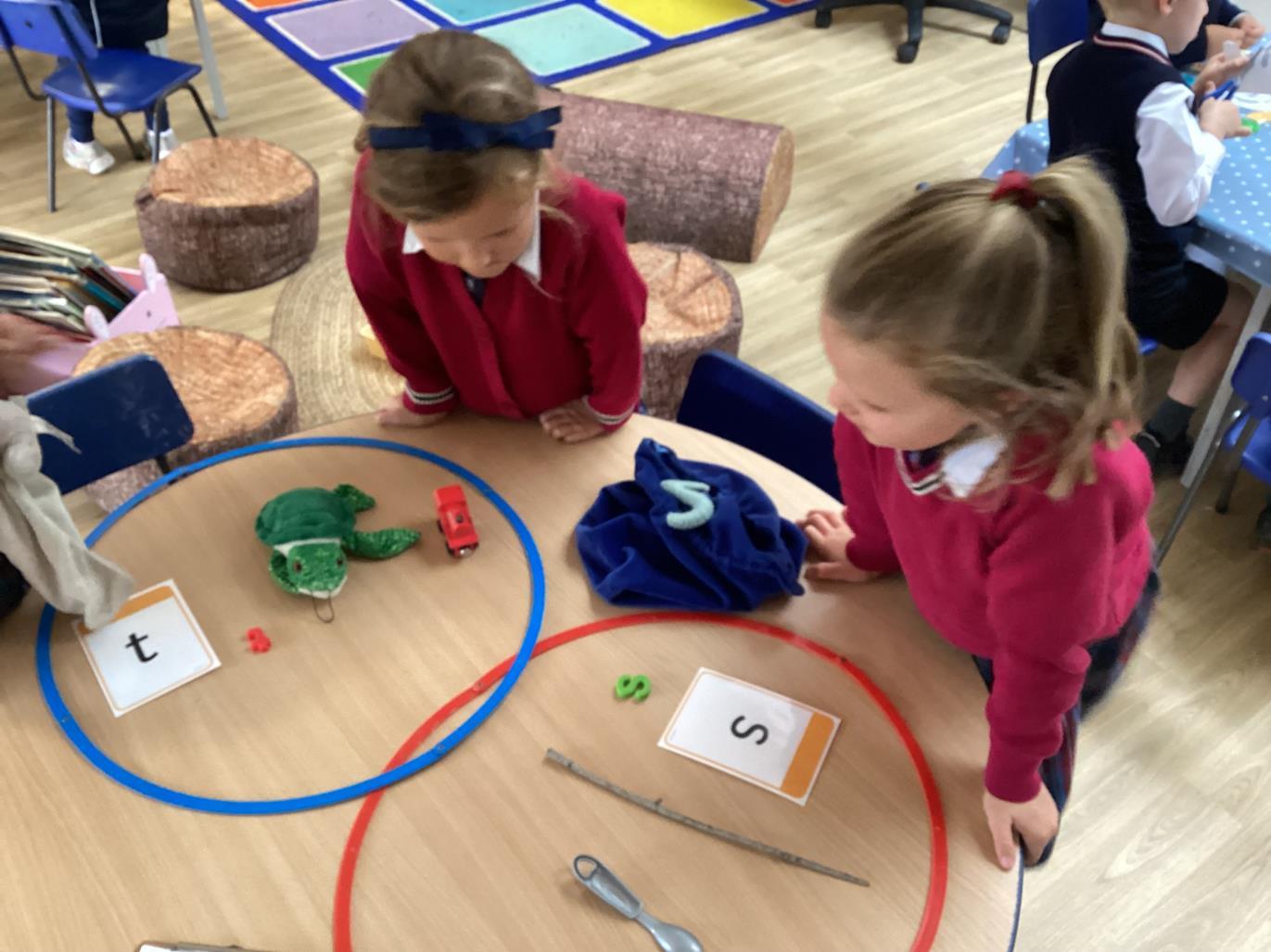

o To share how phonics is taught from Pre -Nursery to Year 2;
o To show examples of activities and resources we use to teach phonics;
o To give you some ideas of how you can support your child(ren) at home;
o To give parents an opportunity to ask questions.
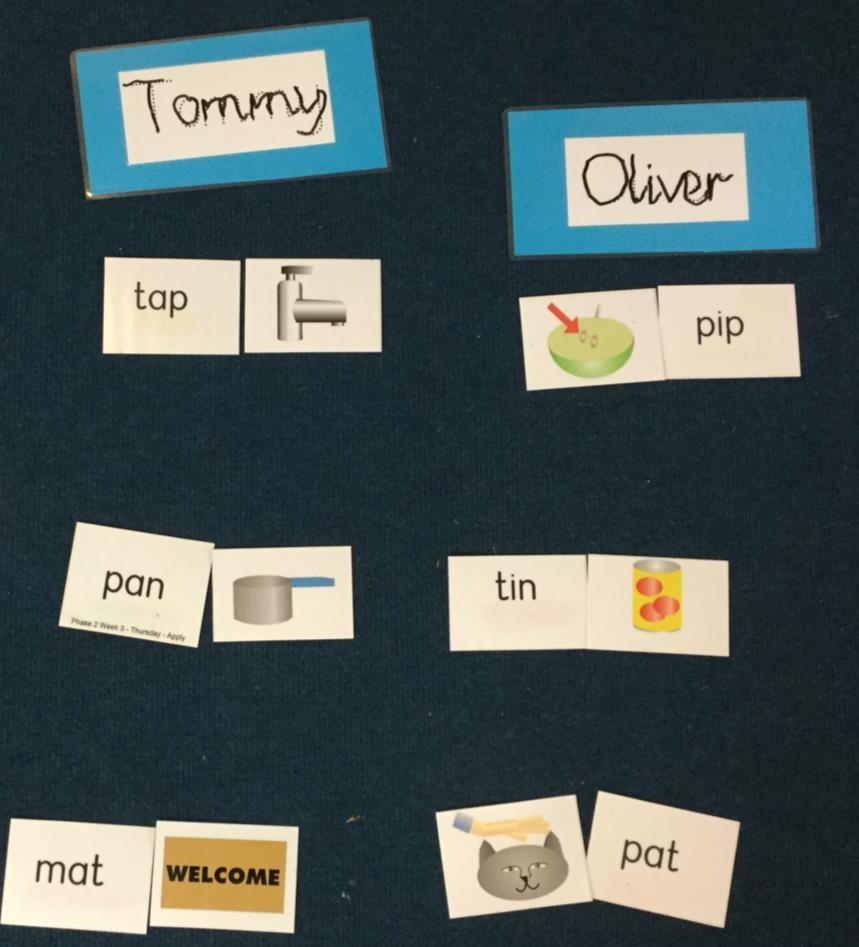

o Phonics is tuning into individual sounds and learning the letter sound correspondences to support learning to read and write.
o Three years ago, we began a scheme called ‘Essential Letters and Sounds ’ following government recommendations for all schools to follow a validated synthetic phonics scheme.
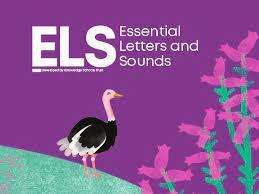

‘Synthetic phonics is a method for teaching children how to read and write in English. Through this form of phonics teaching, children will learn how all words in English are reducible to units of sounds called 'phonemes', which we write down using letters or small groups of letters called 'graphemes'.’
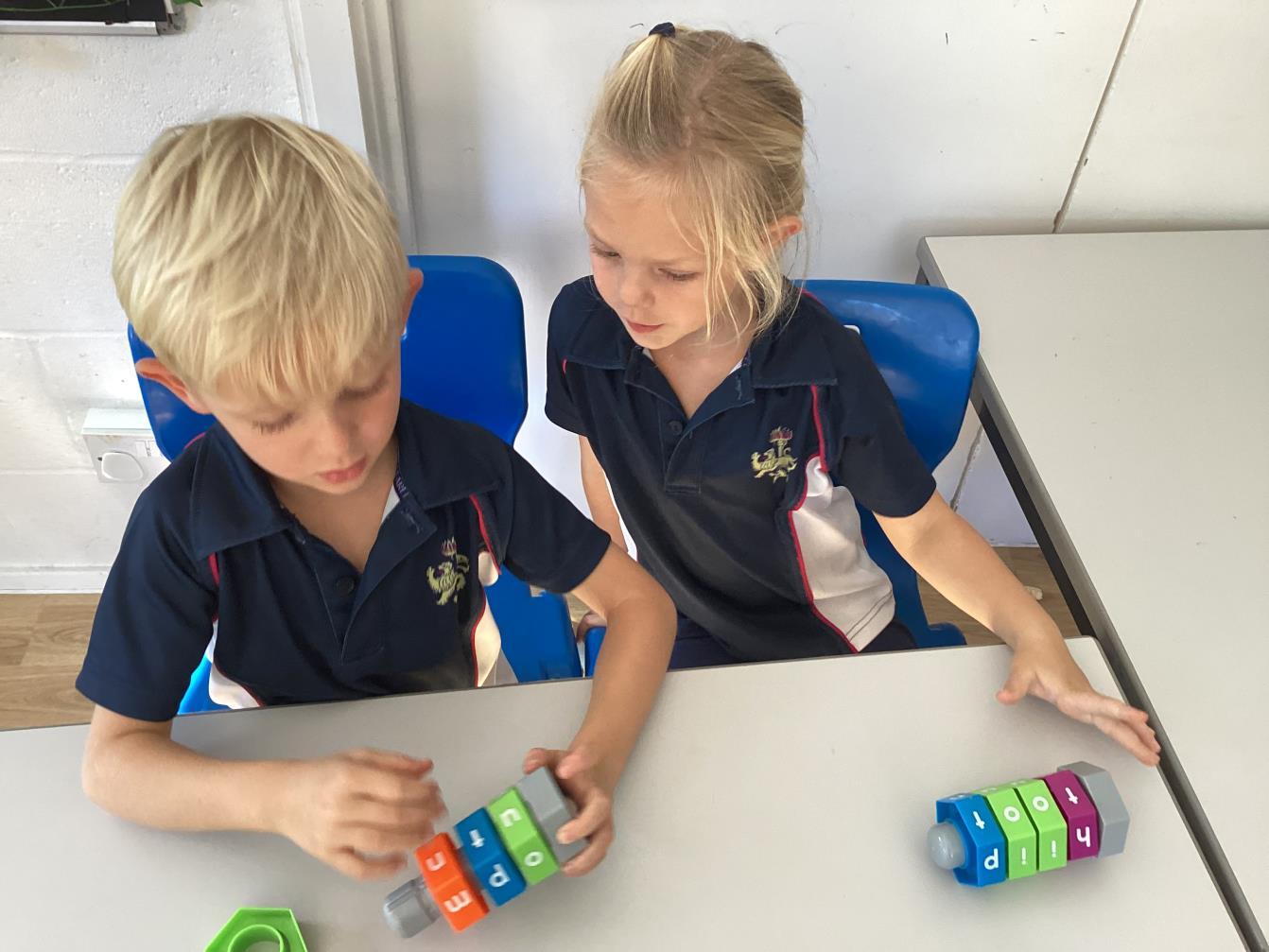
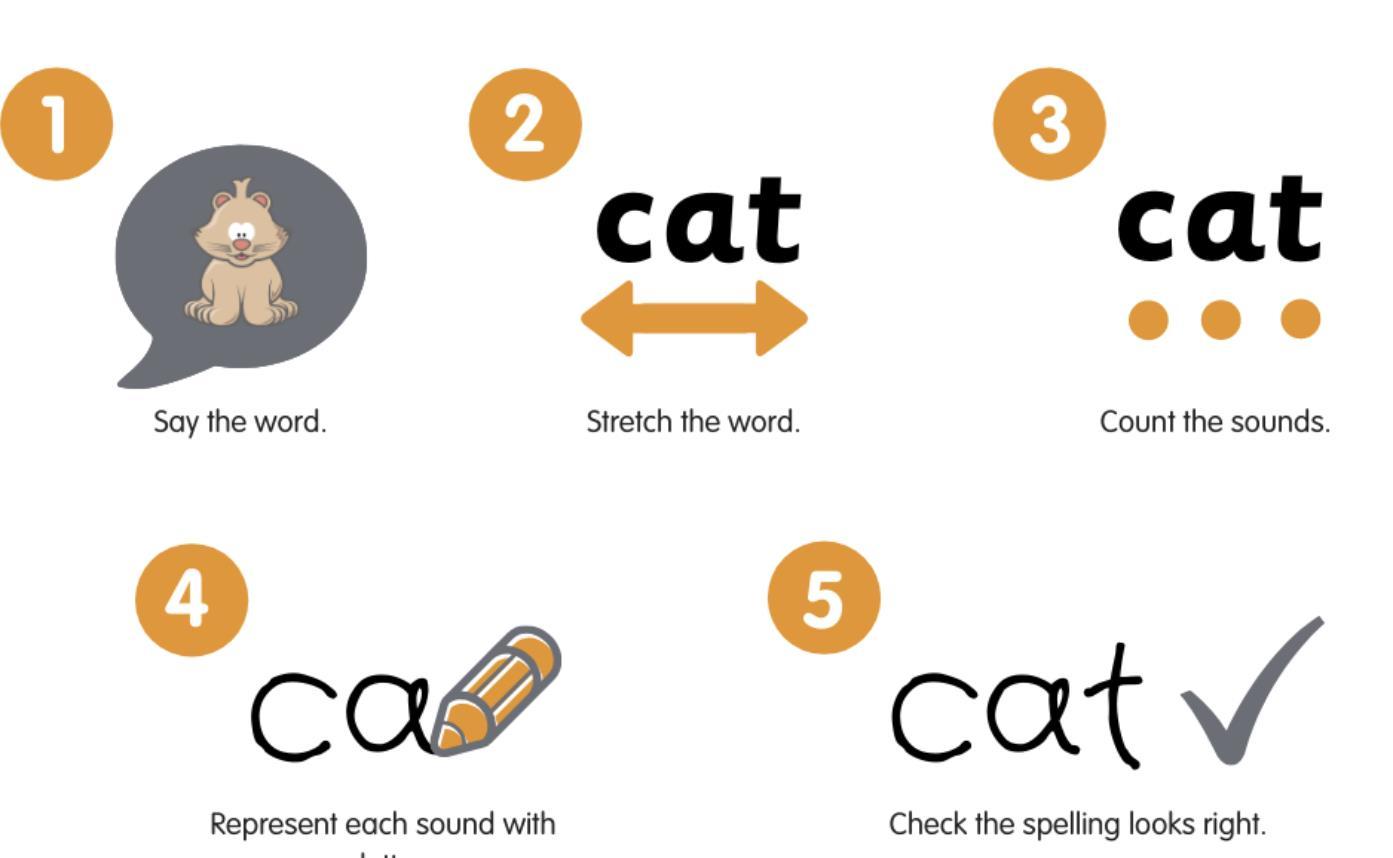

o There are 5 phonics phases which the children work through from Pre-Nursery to Year ½;
o Every day the children in reception and year 1 have a discreet lessonlasting 1525minutes;
o Fast paced approach – lots of rehearsal and embedding;
o In Year 2 we build on phonics skills consolidating knowledge and introduce ELS Essential Spelling after October half term.

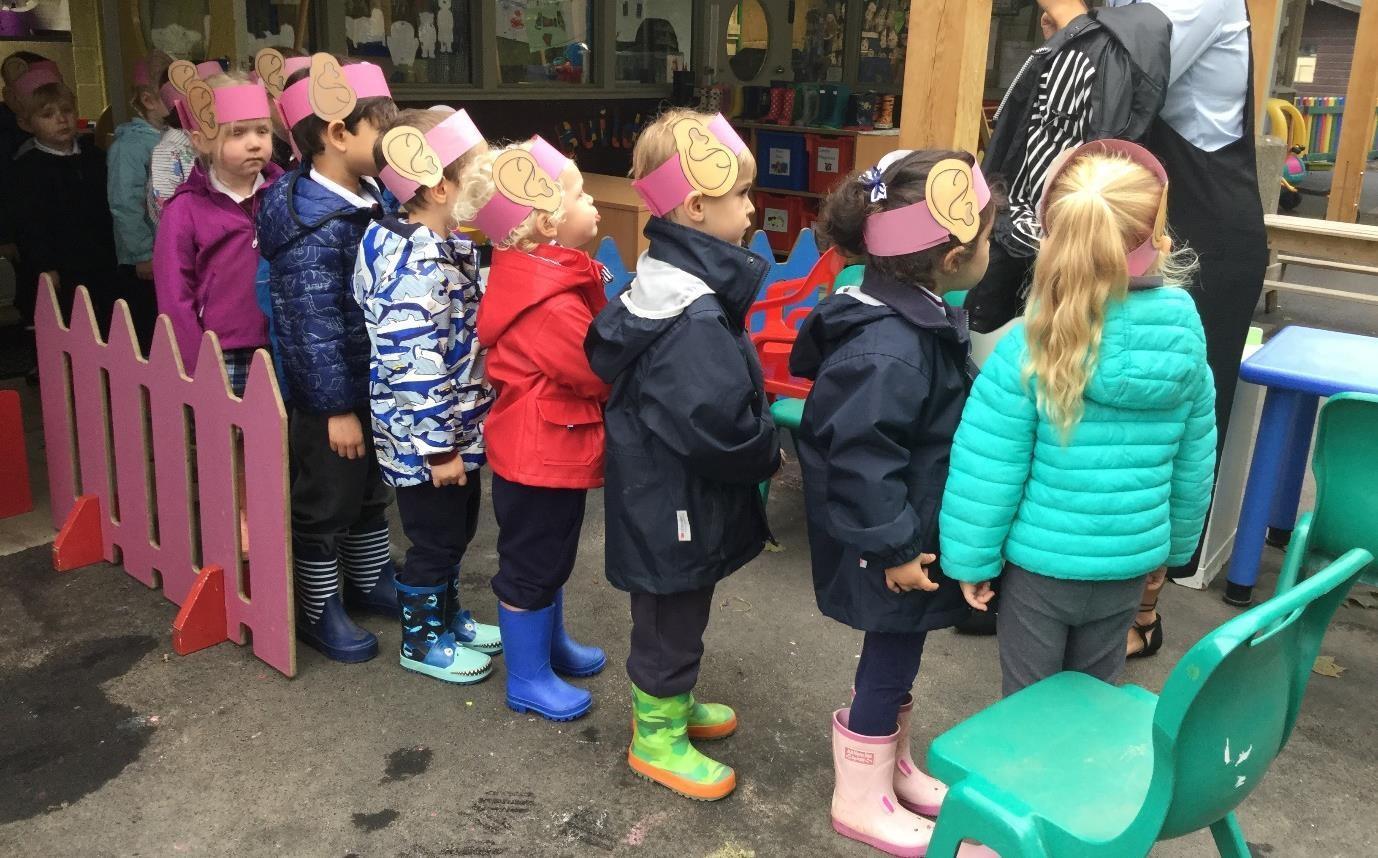
o General sound discrimination (environmental, instrumental, body percussion);
o Rhythm and rhyme;
o Alliteration;
o Voice sounds;
o Oral blending and segmenting.
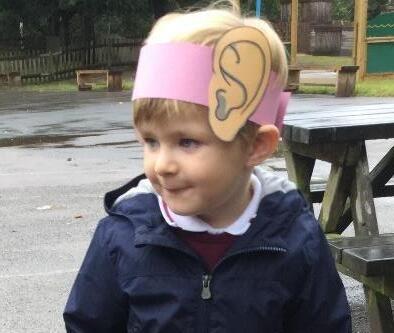

o Rhyme of the week – focus;
o Environmental sounds;
o Rhyming stories and songs;
o Focus on talk;
o Wow words / star word;
o Support from key person.
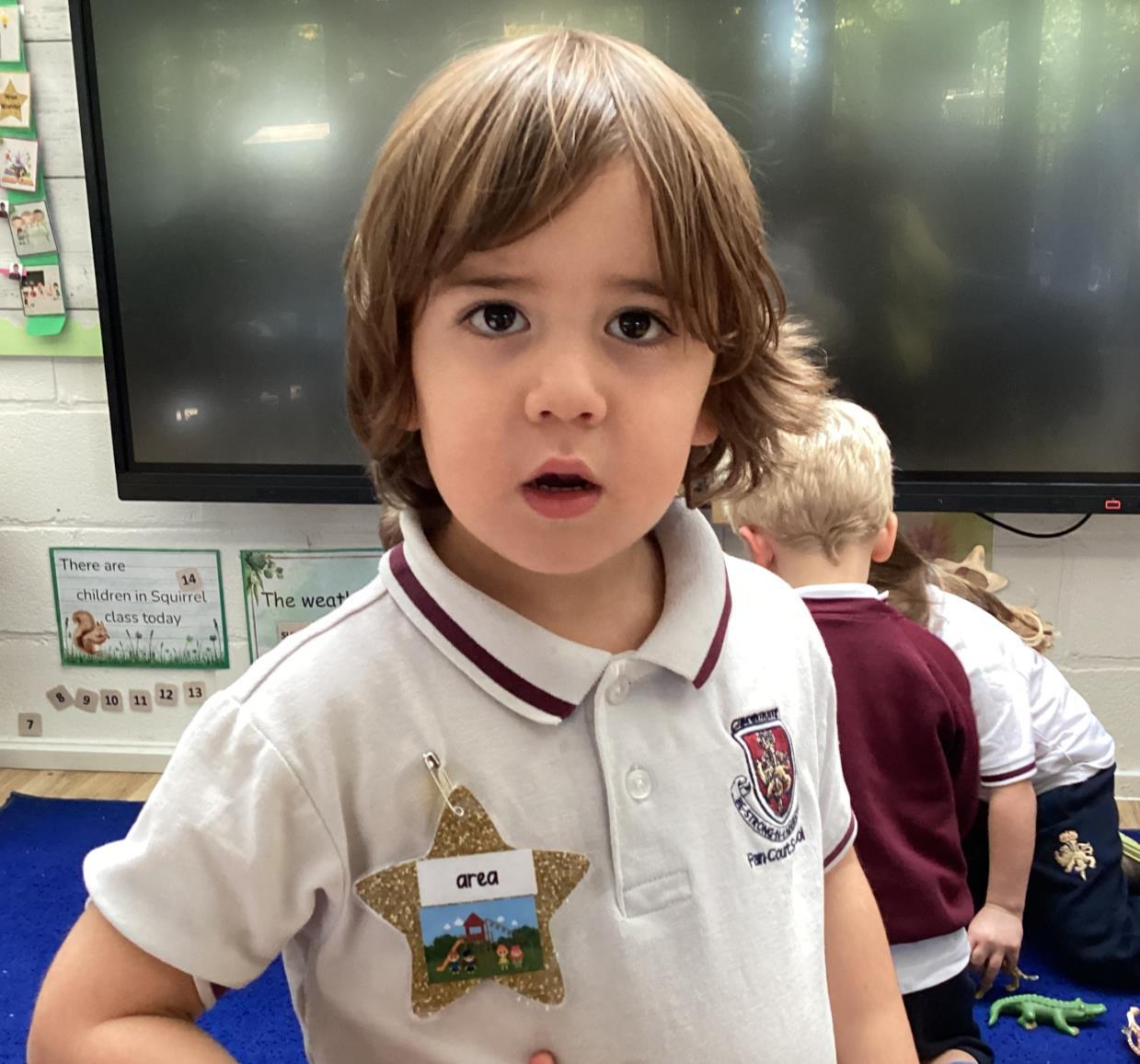

o Interactive sound displays;
o Phonics games;
o Mark making;
o Sorting sounds;
o Matching letter sounds to objects;
o Tongue/ mouth exercises;
o Oral blending;
o Name writing;
o Majority of single letter sounds introduced.
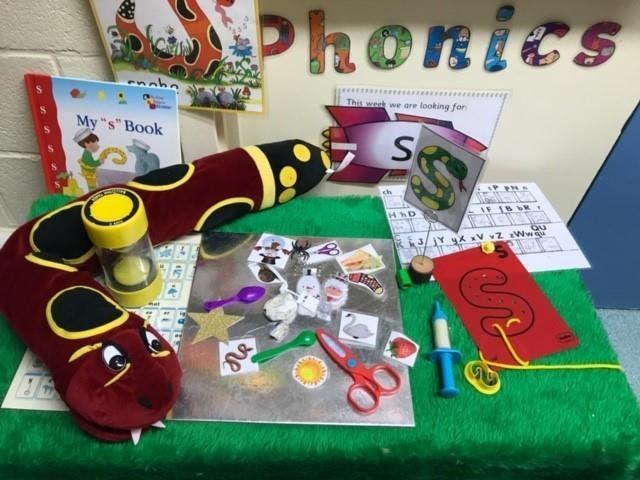

Learning phonemes/graphemes to read and write simple words
Children will learn/revise their first 19 phonemes:
Set 1: s a t p Set 2: i n m d
Set 3: g o c k Set 4: ck e u r
Set 5: h b l f ff (as in puff) ll (as in hill) ss (as in hiss)
They will use these phonemes to read and spell simple “consonant-vowelconsonant” (CVC) words: sat, tap, dig, duck, rug, puff, hill, hiss
All these words contain 3 phonemes.

Sounds of the week activities may include:
o Kim’s game – what is missing?
o Quick write – on a whiteboard;
o Matching letter sounds to objects;
o Using letter fans;
o ELS tasks in a workbook;
o Reading ELS phonics books.
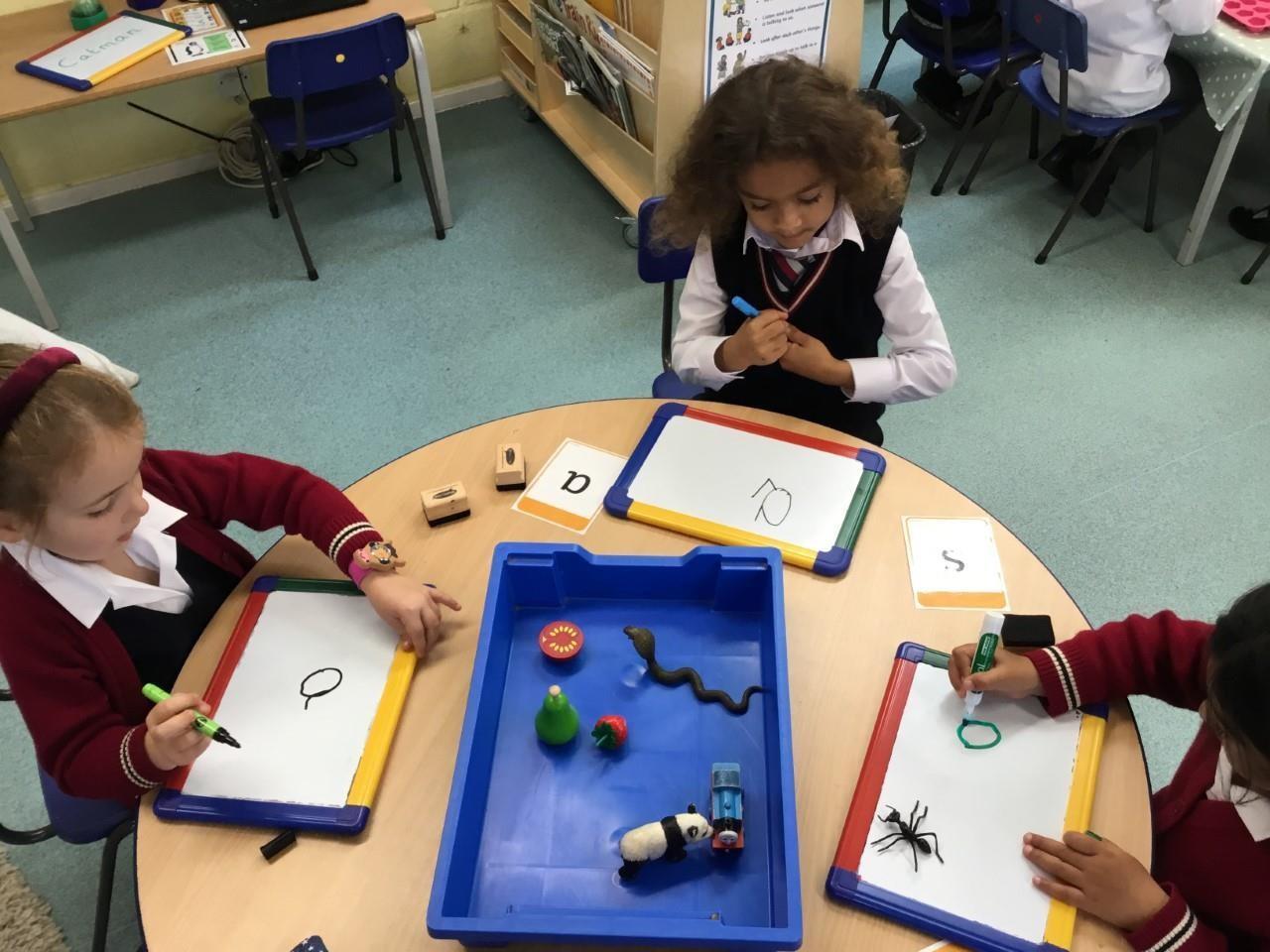

Children will continue to blend and segment to read and spell CVC words.
They will learn another 26 phonemes: j, v, w, x, y, z, zz, qu
Digraphs ch, sh, th, ng
They will learn the long vowel digraphs; ai, ee, igh, oa, oo, ar, or, ur, ow, oi, ear, air, ure, er
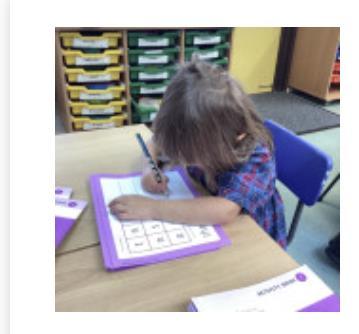
They will use their phonic knowledge to read and spell words such as: chip, shop, thin, ring, pain, feet, night, boat, boot, look, farm, fork, burn, town, coin, dear, fair, sure

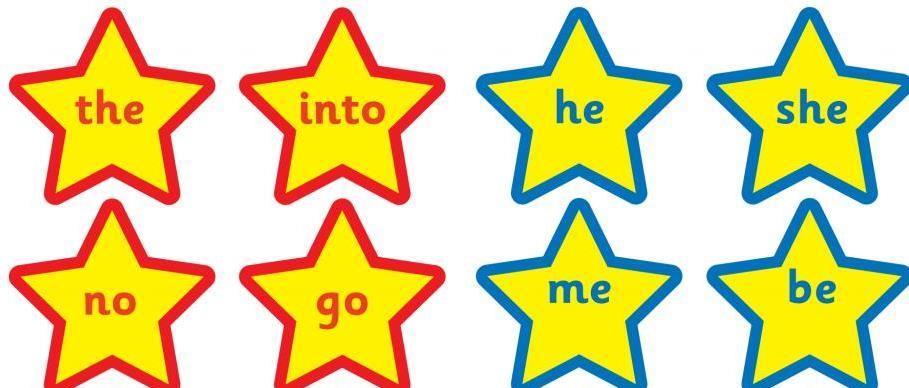

• Reading and spelling words with four or more phonemes It focuses on reading and spelling longer words with the phonemes they already know.
twist, stomp, brown, clap
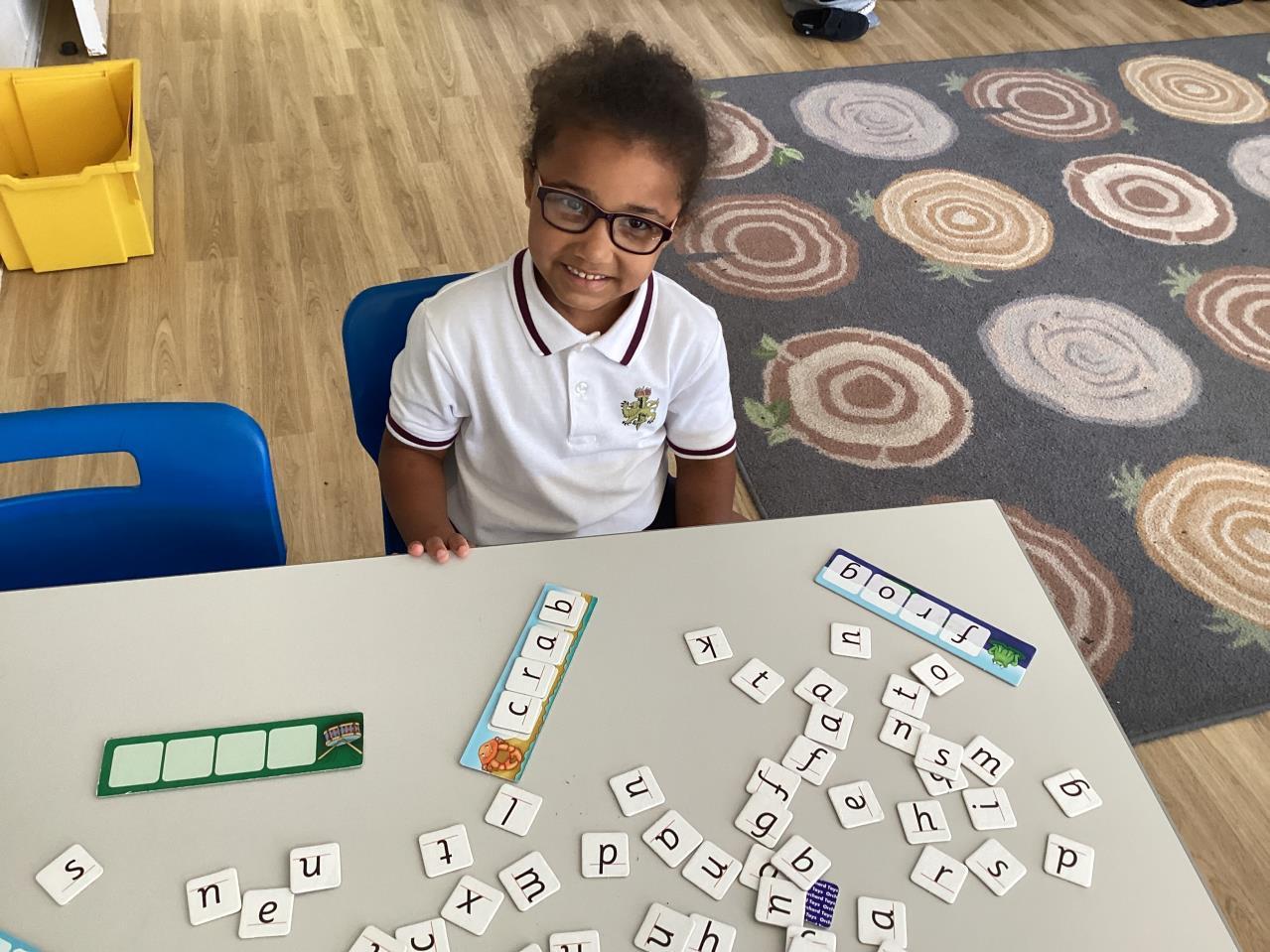

• Teach new graphemes for reading and writing: ay, ou, ie, ea, oy, ir, ue, aw, wh, ph, ew, oe, au, a-e, e-e, ie, o-e, u-e
Learn alternative pronunciations of graphemes (the same grapheme can represent more than one phoneme): Fin/find, hot/cold, cat/cent, got/giant, but/put, cow/blow, tie/field, eat/bread, farmer/her, hat/what, yes/by/very, chin/school/chef, out/you, shoulder/could/.

Blending decodable words – keep phonemes clear and precise
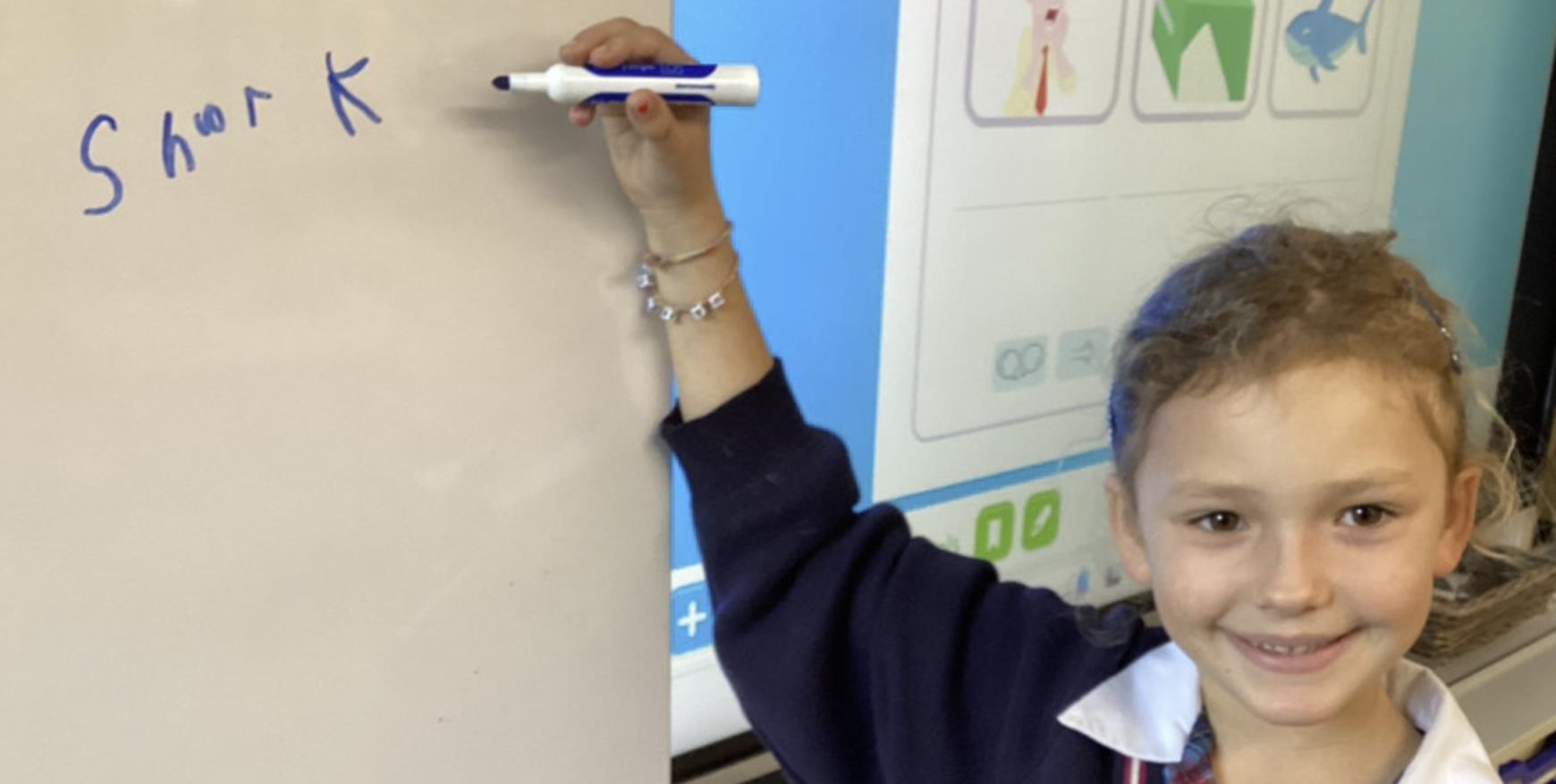

LET’S HAVE A GO!


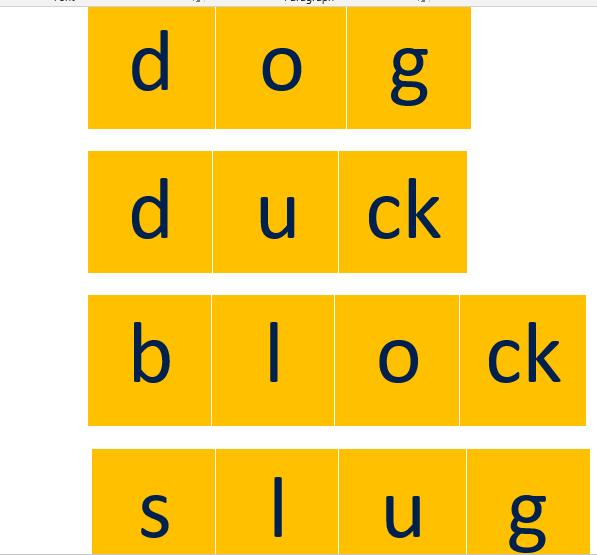

An example of what a lesson may encompass;
o Review previously taught graphemes;
o Oral sound blending of decodable words;
o Learning harder to read and spell words;
o Learning a new sound (listening);
o Recognise the matching grapheme;
o Discovering words that have that phoneme in them;
o Writing the new grapheme;
o Sounding and blending decodable words;
o Locating the new grapheme in a pack of already taught ones;
o Apply knowledge by using the workbook and decodable readers.

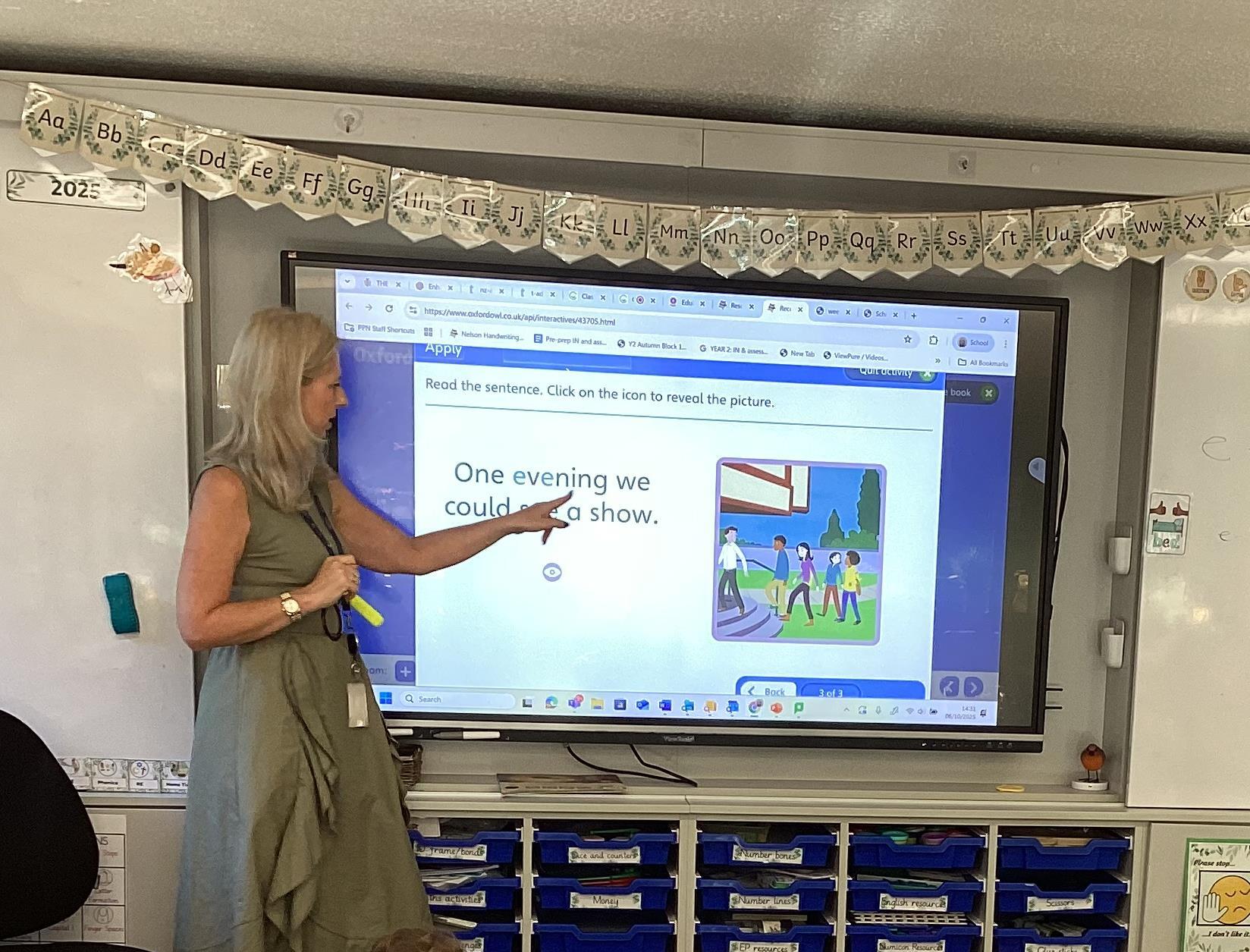

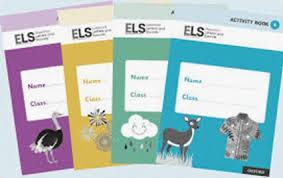

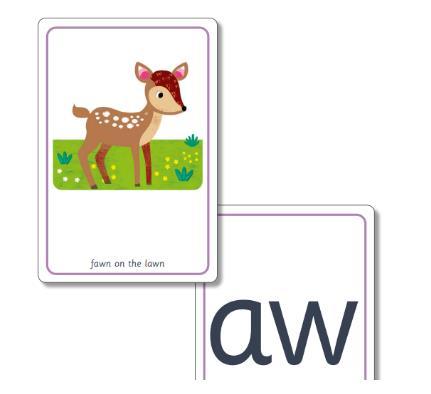

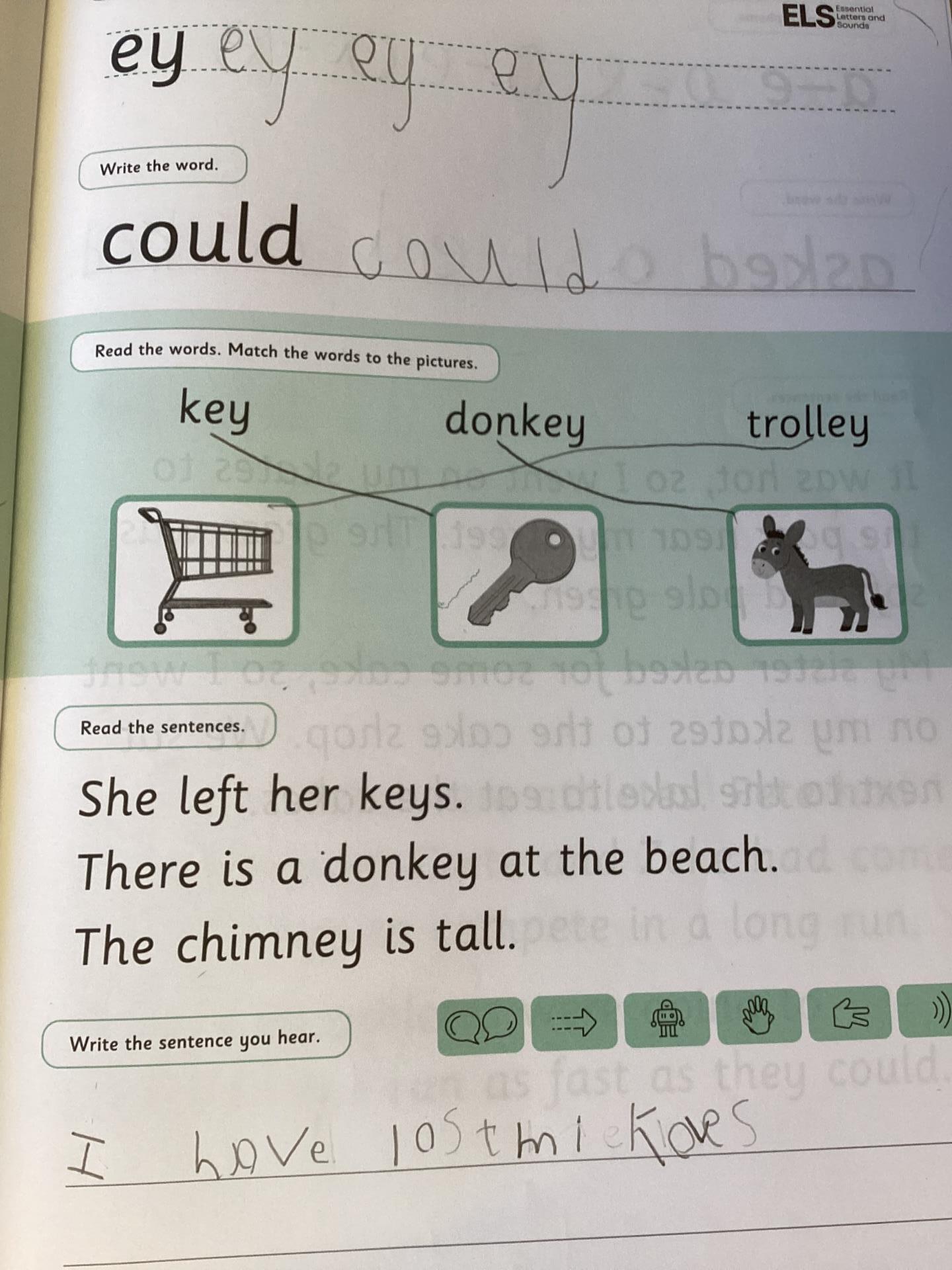

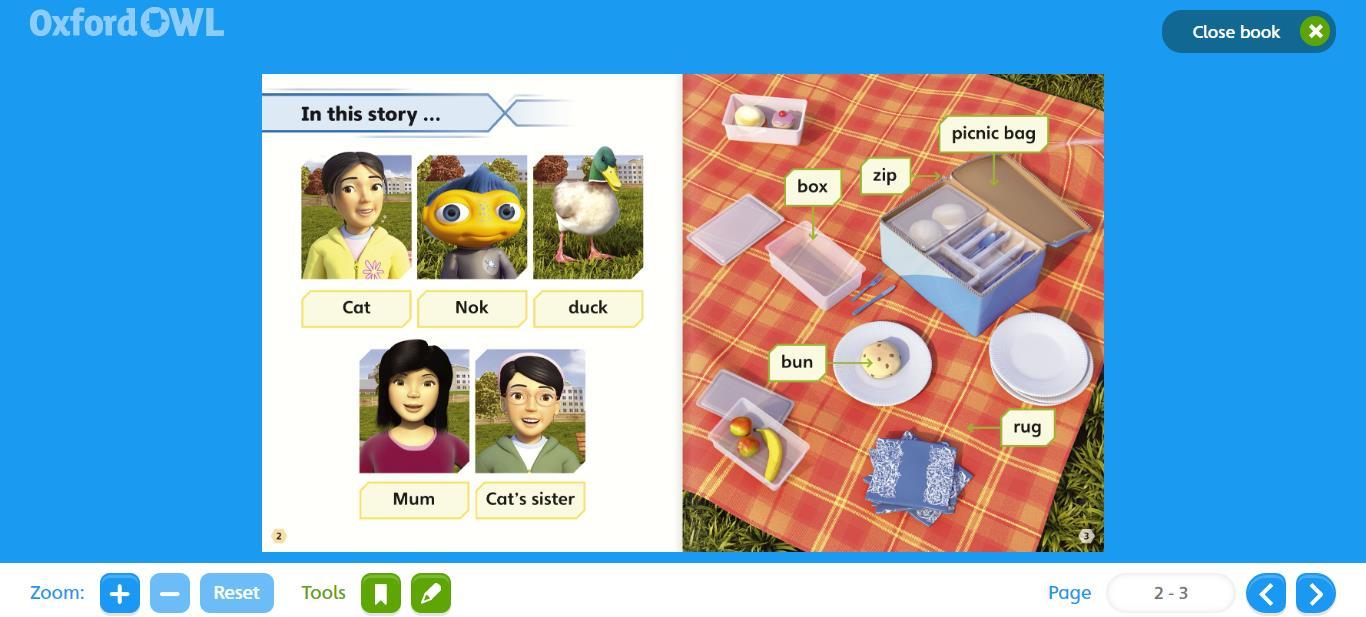

o Hearing children read their phonics reading book and applying knowledge of HRSWs, graphemes and blending;
o Observing children during phonics sessions – carpet and when completing workbooks;
o Observing children writing – using the spelling sequence and recording graphemes;
o Half termly assessments using phonics tracker – identifies gaps for the class group/cohort/individual– graphemes, blending,HRSWs.


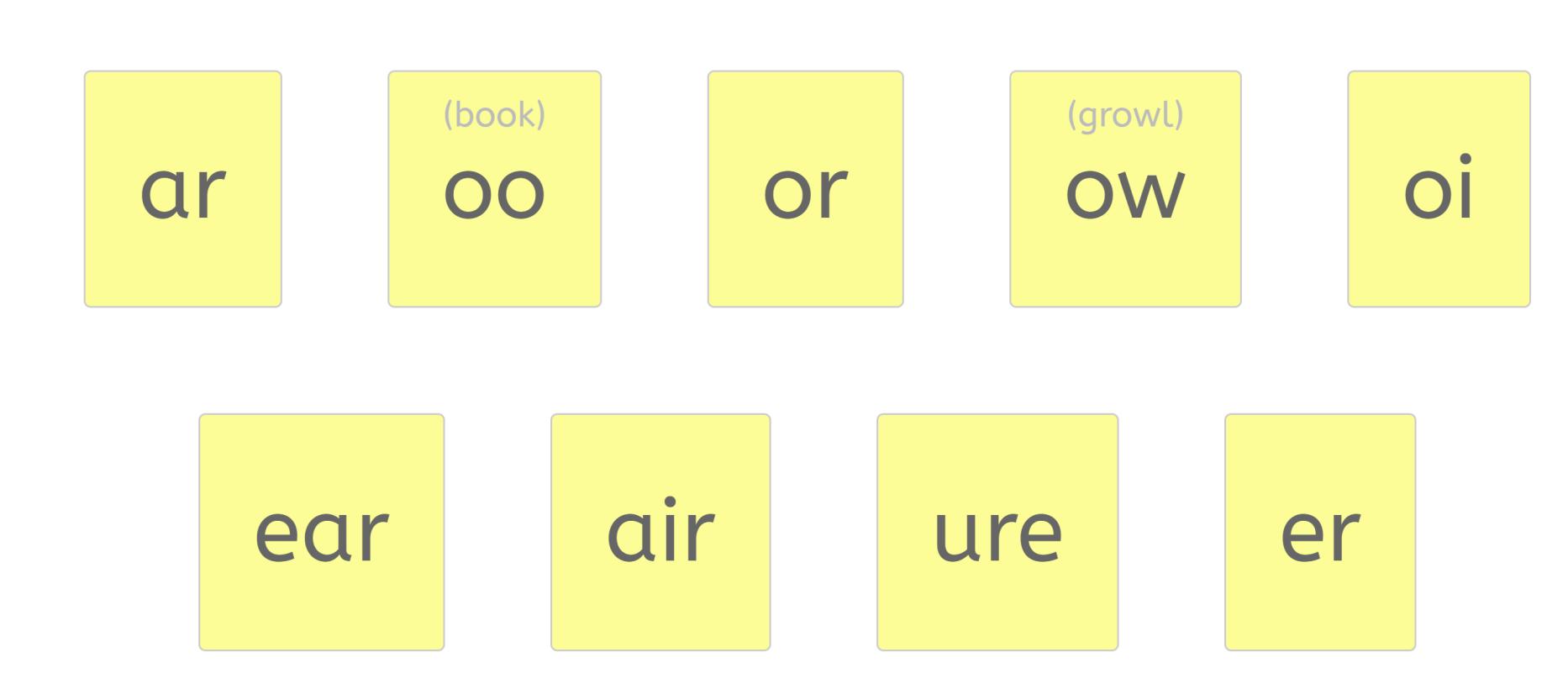
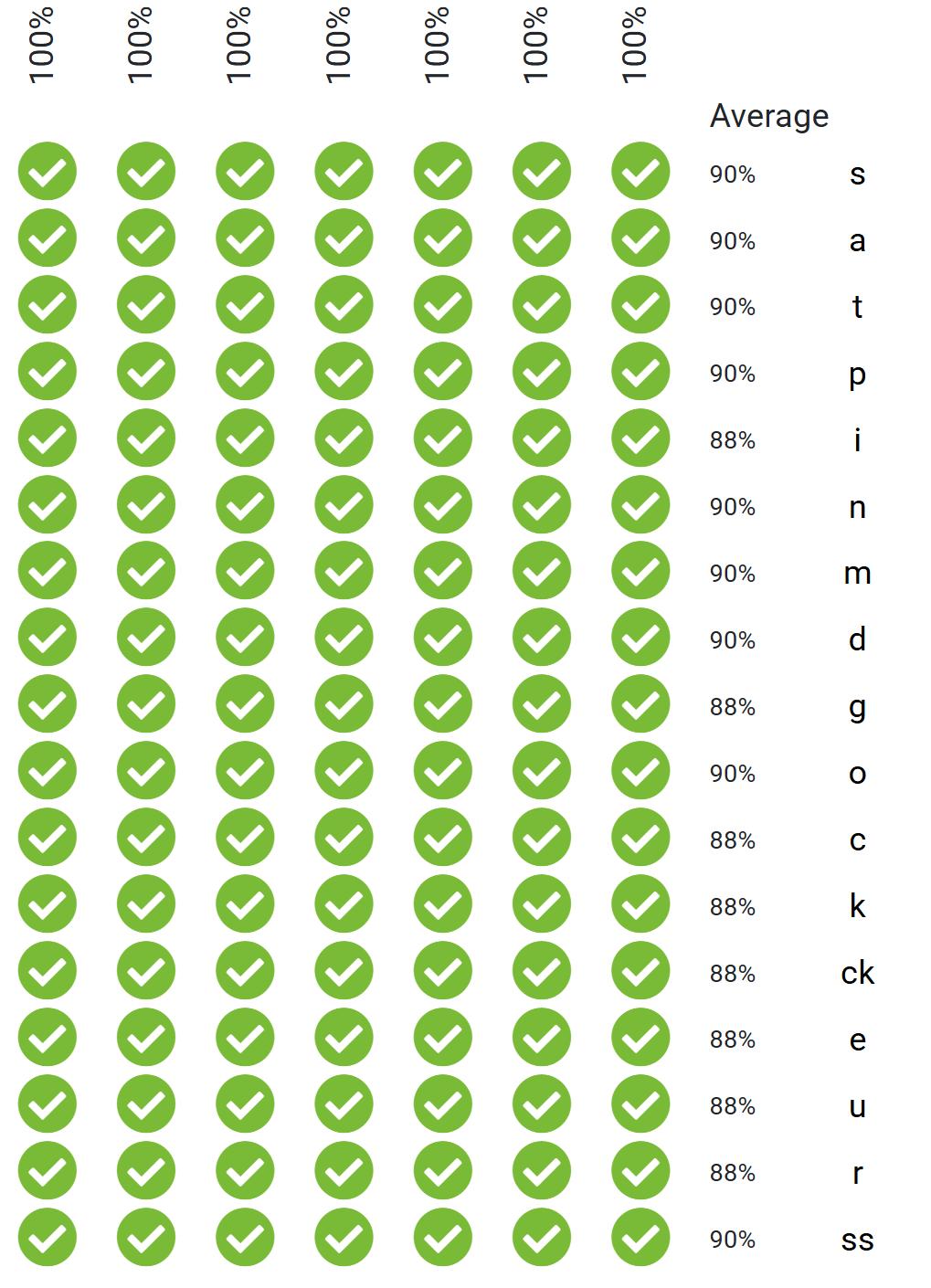

• Keep up, not catch up scheme;
• In lesson interventions;
• Blending;
• HRSWs;
• Graphemerecognition;
• Teacher, TA, IN teachers;
• Parents as partners - rehearsal and practise – sharing gaps.
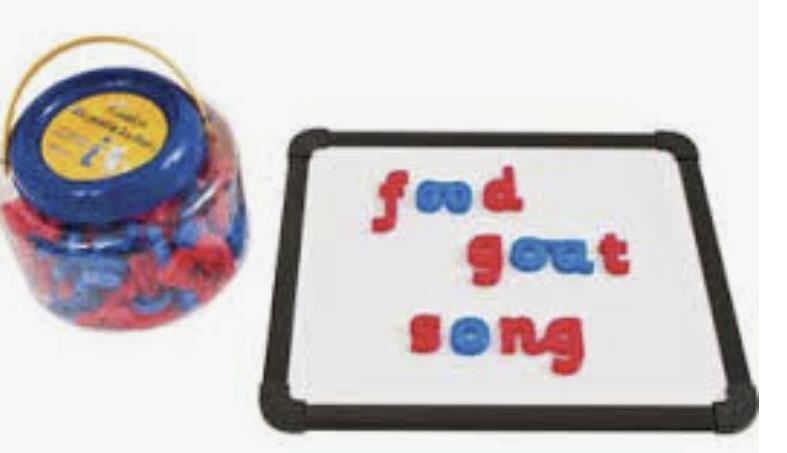

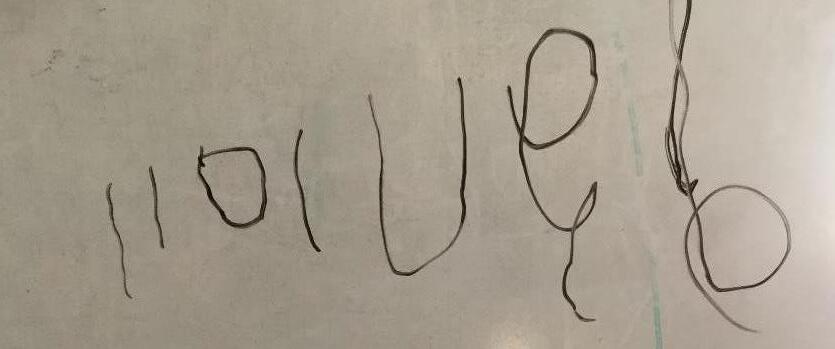
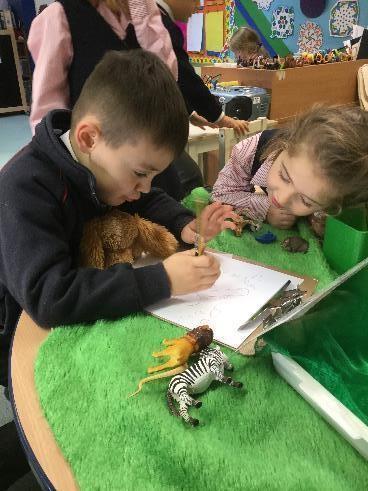

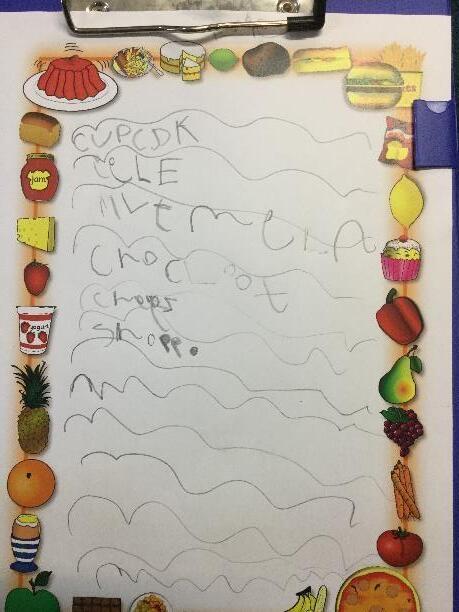

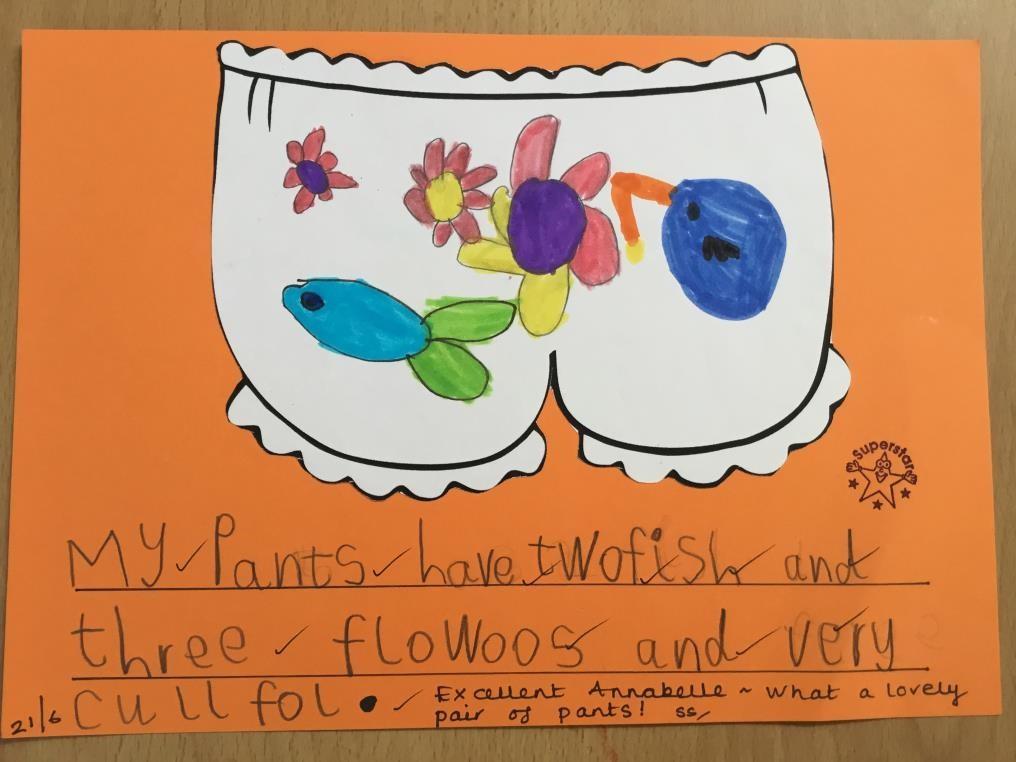
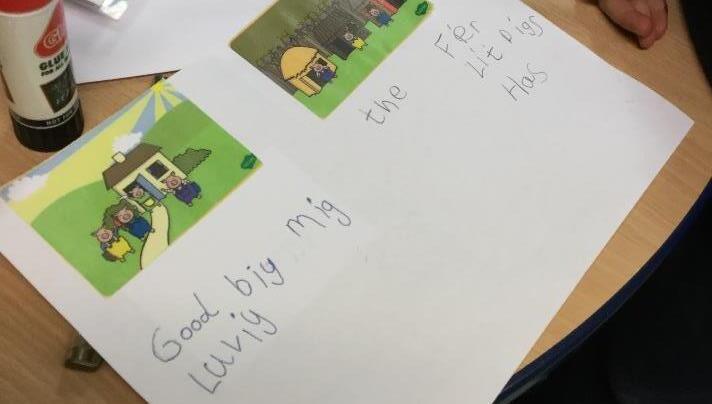

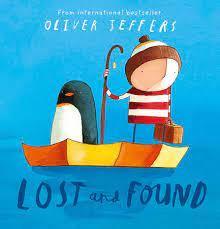

• Read picture books and read for pleasure;
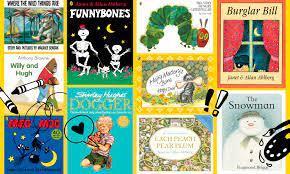
• Read books sent home (hard copies and online) - please write in readingrecord;
• Practise recognising sounds and mnemonic of graphemes;
• Support learning spellings – Year 1 and 2– linked to the ELS phonics scheme;
• Practise writing for real-life purposes e.g. a shopping list, birthday and thank you cards, postcards, letters etc.

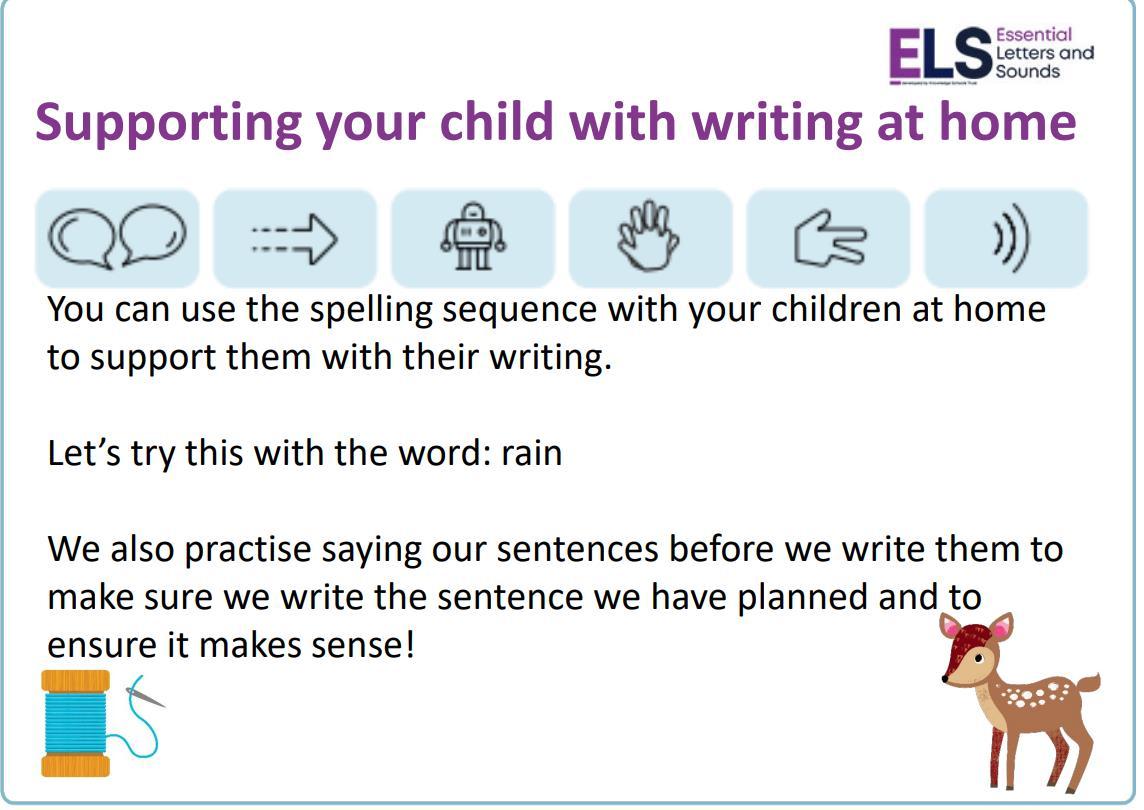

• Spy (digraphs/ two letter sounds);
• Robot talk and blending hands;
• Sound bingo;
• Kim’s game;
• Quick write;
• Online games.
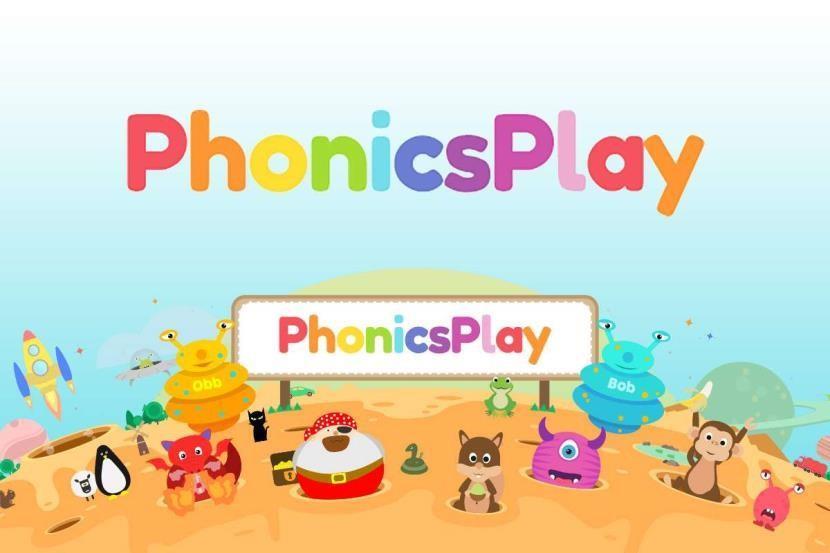
https://www.phonicsplay.co.uk/secure/signup#top

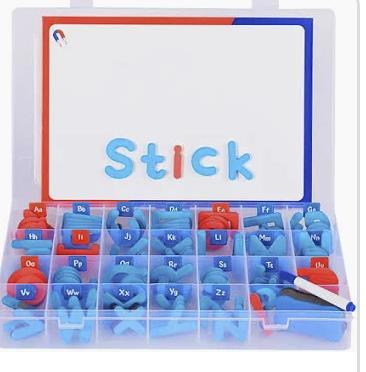
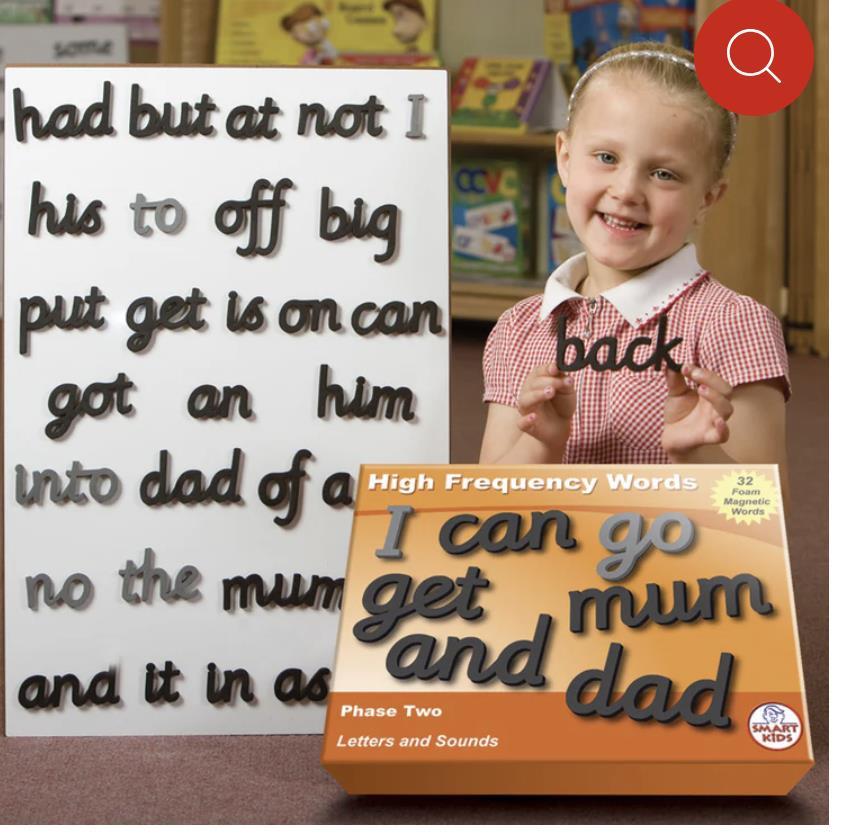
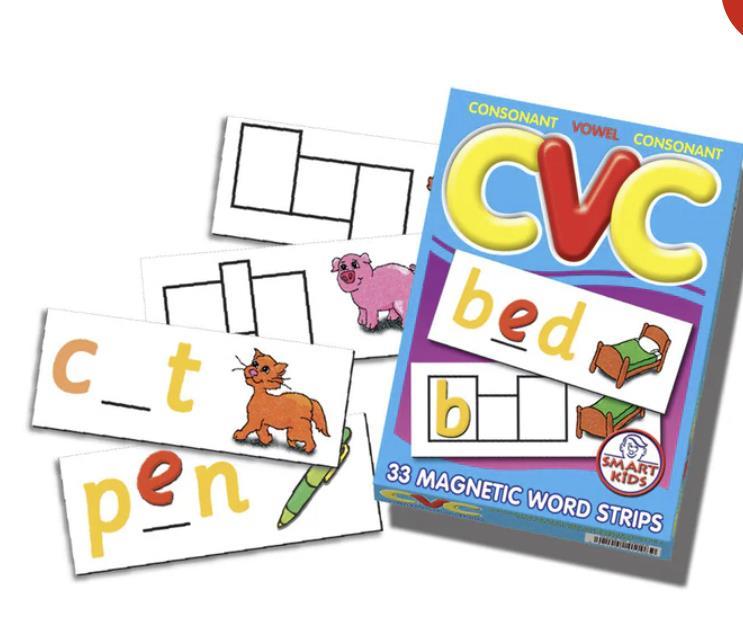
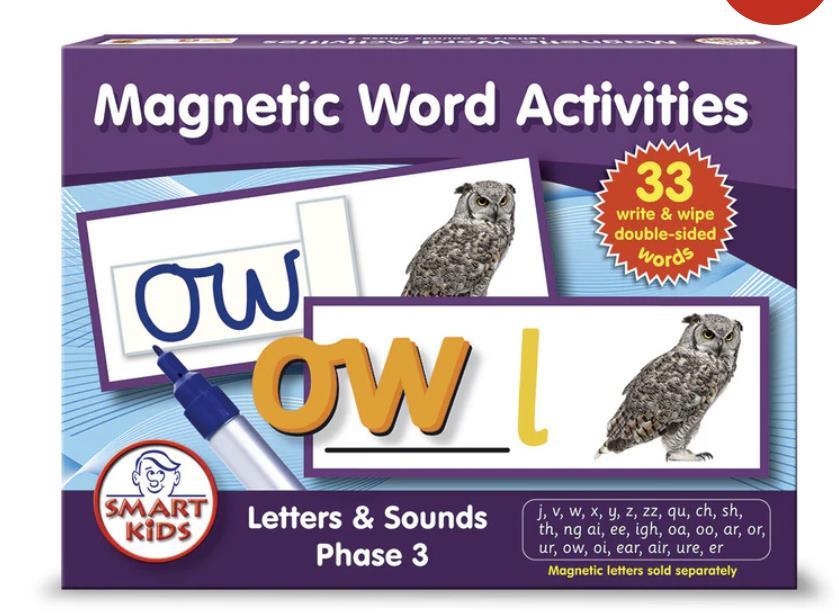

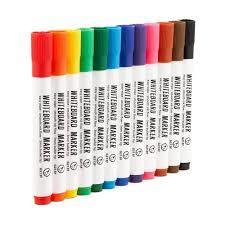

https://home.oxfordowl.co.uk/reading/reading-schemes-oxford-levels/essential-letters-and-sounds/
https://www.youtube.com/watch?v=MfMaY2p7bTw

